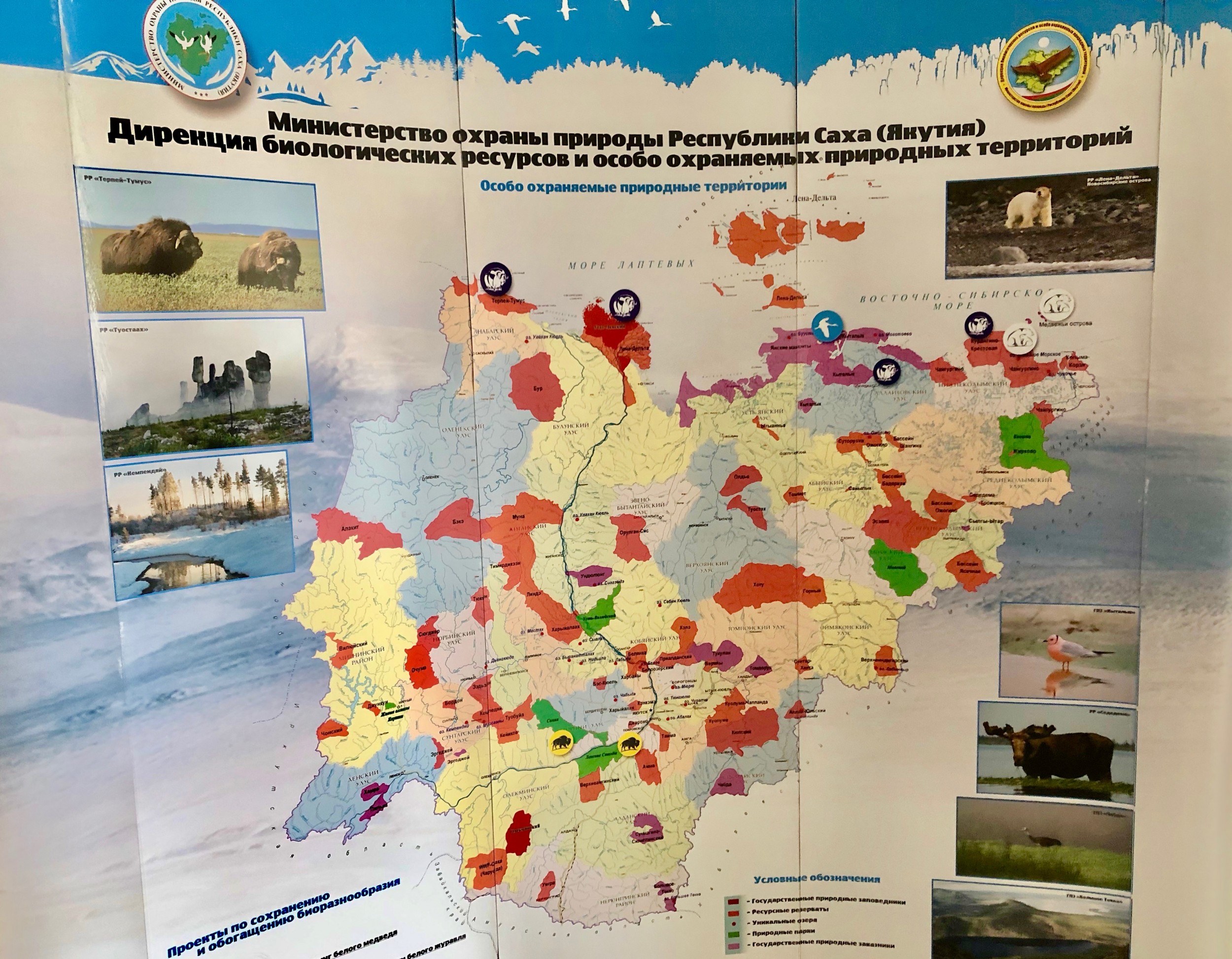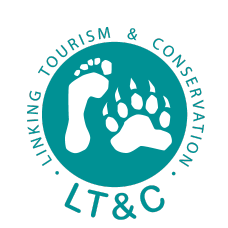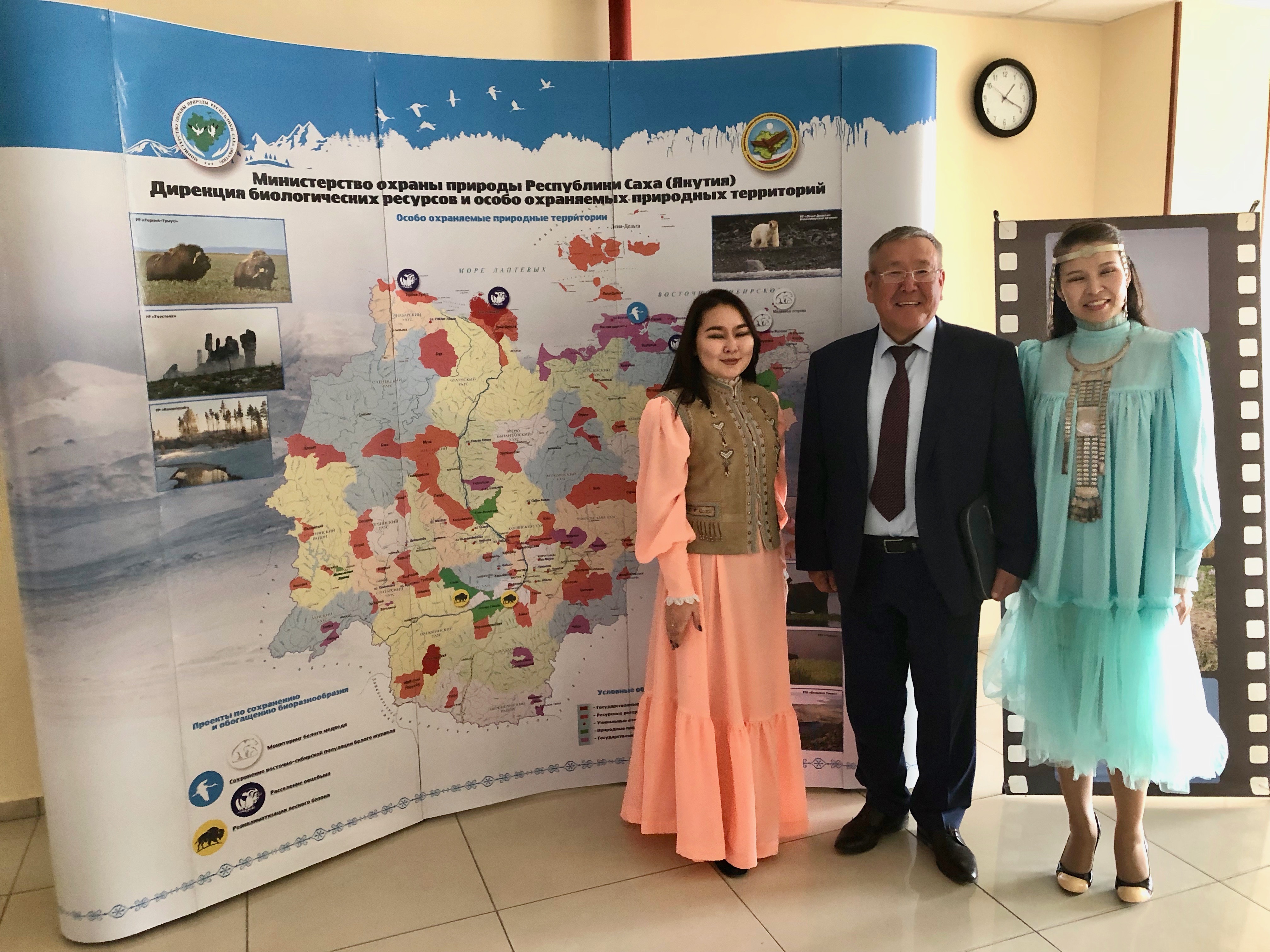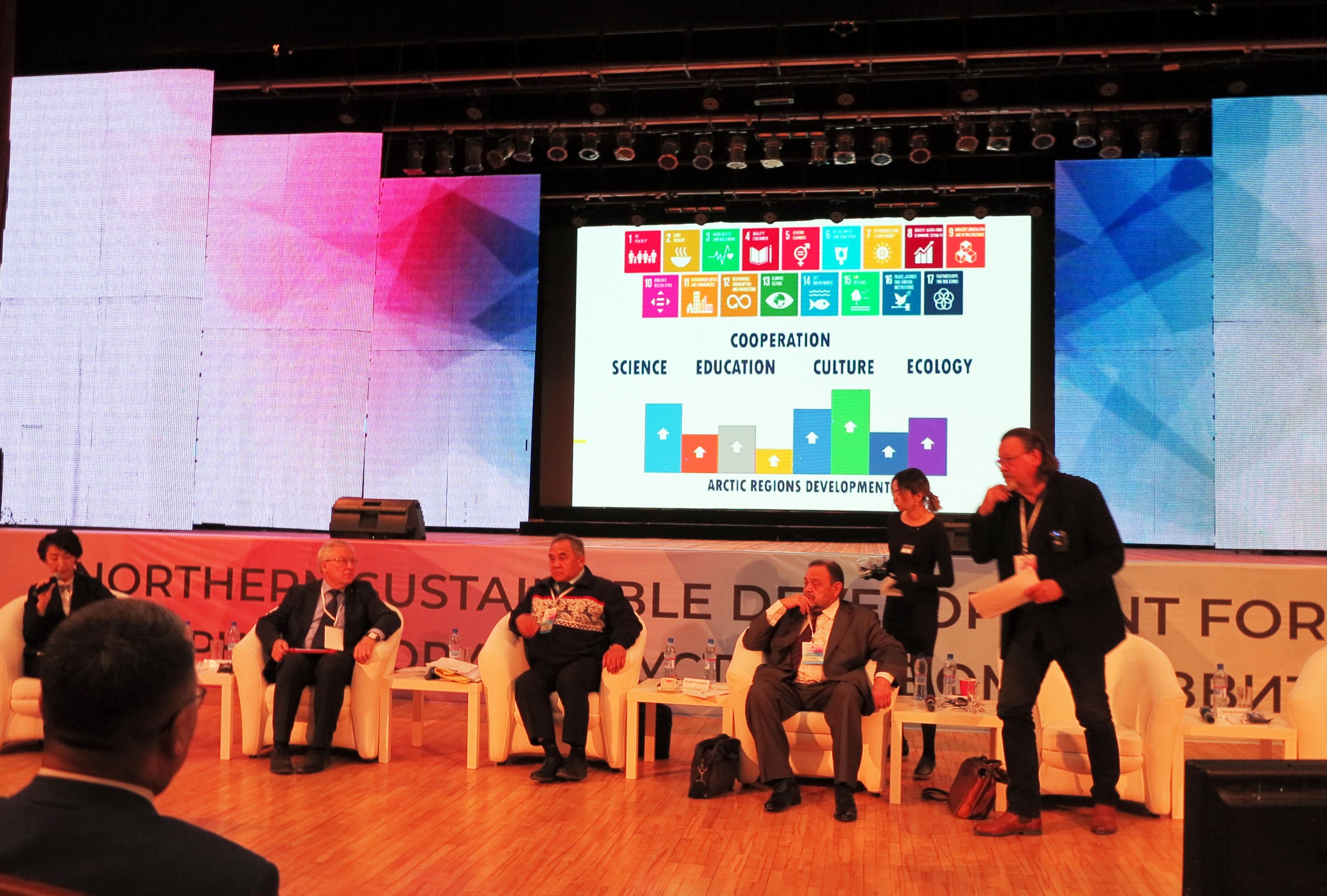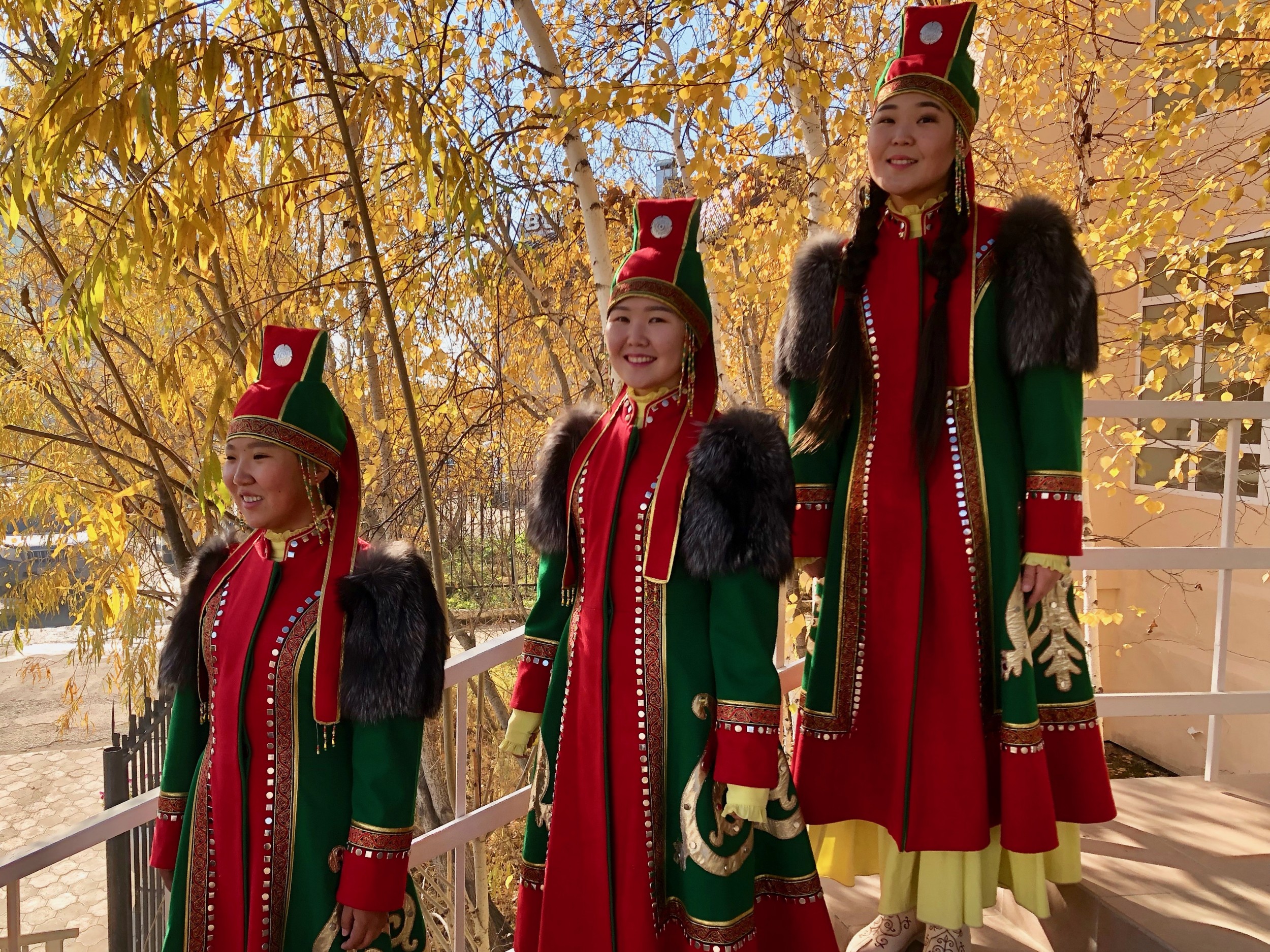The world struggles to reach by 2020 the agreed target of securing 17% of its terrestrial surface, covering the different ecosystems, as a protected nature area. The Sakha Republic (Yakutia; the largest region of Russia) has already more than doubled this figure with 38% of its entire territory protected in different kinds of nature reserves. Yakutia’s Minister of Ecology, Nature Management and Forestry, Sakhamin Afanasyev, presented this enormous achievement September 26 at the “Ecotourism and Protected Area” event of the Northern Sustainable Development Forum (NSDF) in Yakutsk. Co-organised and -chaired by the Yakutian Government and LT&C, this event was one of many quite different ones at the 4-day’s Forum. Much of the credit for achieving the extensive network of nature reserves were given to Sakha’s first president, Mikhail Nikolaev. The present Government is building further on his foresightful nature conservation policy in the 1990s, once titled and awarded by WWF as a “Gift to the Earth“. The protected area network grows further. Only recently, the entire New Sibrian Islands were declared a regional nature reserve.
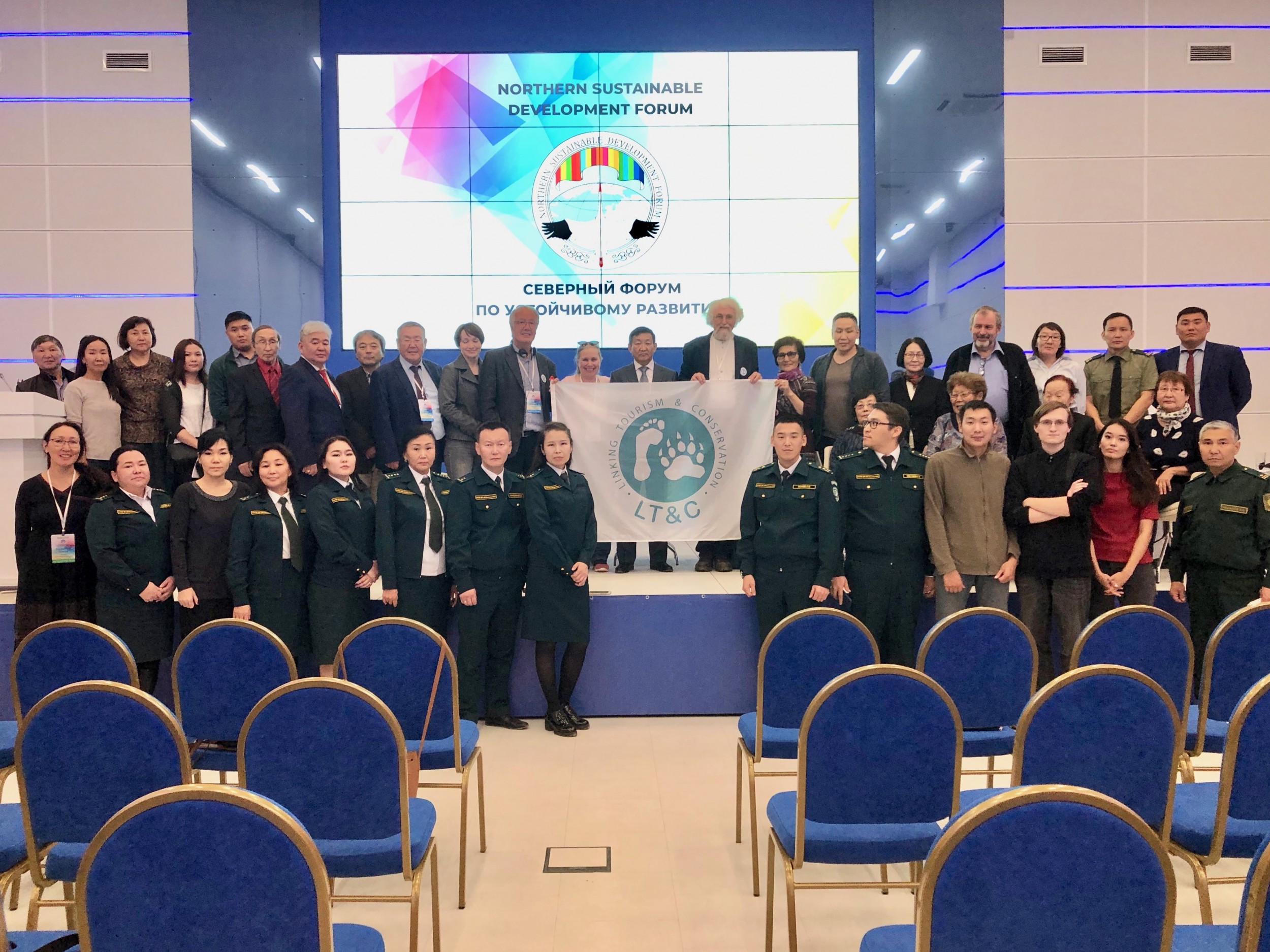
How can eco- or sustainable tourism help to preserve these impressive and vast natural landscapes and ecosystems for future generations? This was the main question, raised, e.g. by the initiator of the Ecotourism and Protected Areas round table from the Yaktian Government and Northern Forum, Vladimir Vasiliev. The understanding of the term “sustainable tourism” was clarified right at the beginning of the round table by Olga Zakharova from the State University of Tyumen: Tourism, which supports the UN-defined Sustainable Development Goals (SDGs). She further described what could become a common perspective: “Our idea is to introduce a new concept of sustainable tourism in the Arctic at those territories which are home to northern indigenous peoples to make tourism a means of teaching the Sustainable Development Goals. Each part of the tourist route starting from preparatory activities and finishing with farewell words to the northern land can be designed through a prism of Sustainable Development Goals. This can be achieved by studying traditional values of northern indigenous peoples, their perceptions of humans’ place in the world, their traditions and economic activities.”
Tourism, which supports nature conservation, today in the Russian Arctic remains embryonic. There is certainly potential to attract nature lovers or bird watchers to experience and getting engaged in protecting the vast wilderness areas and unique wildlife of the Russian Arctic. Still, speakers in other events of the NSDF were focusing on quite different forms of tourism. Classical cruise tourism on the Lena river was marked, and the new hope and focus of Yakutia’s tourism business are on extreme tourism. The two coldest settlements in the northern hemisphere on earth, where temperatures of minus 67,7 respectively -67,8 C have been measured, are in the Sakha Republic. Now expeditions will be offered, where participants compete to find the coldest places of the year. Costs per person: 25 000 US$ and more. Target: 25 tourists/year.
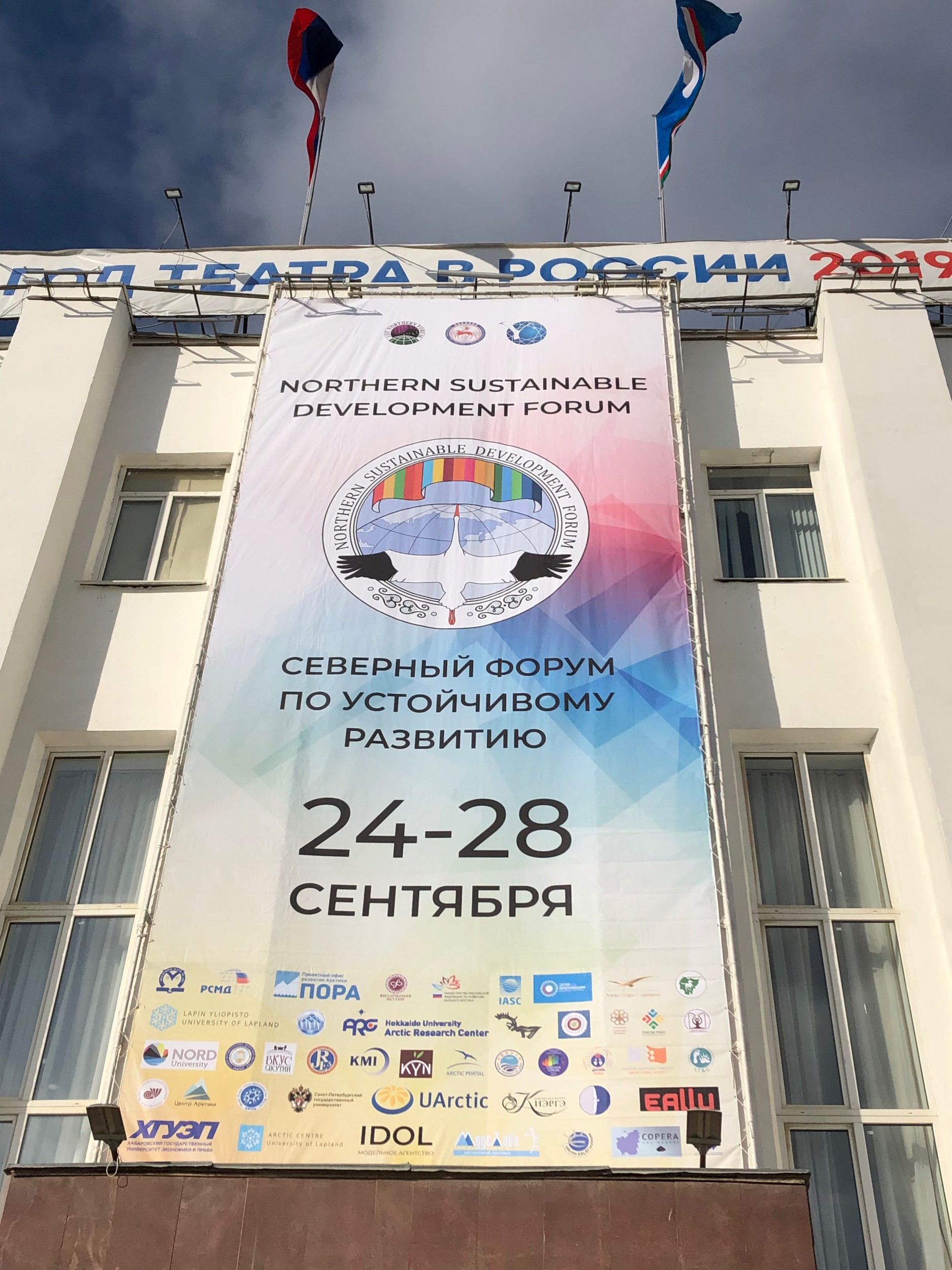
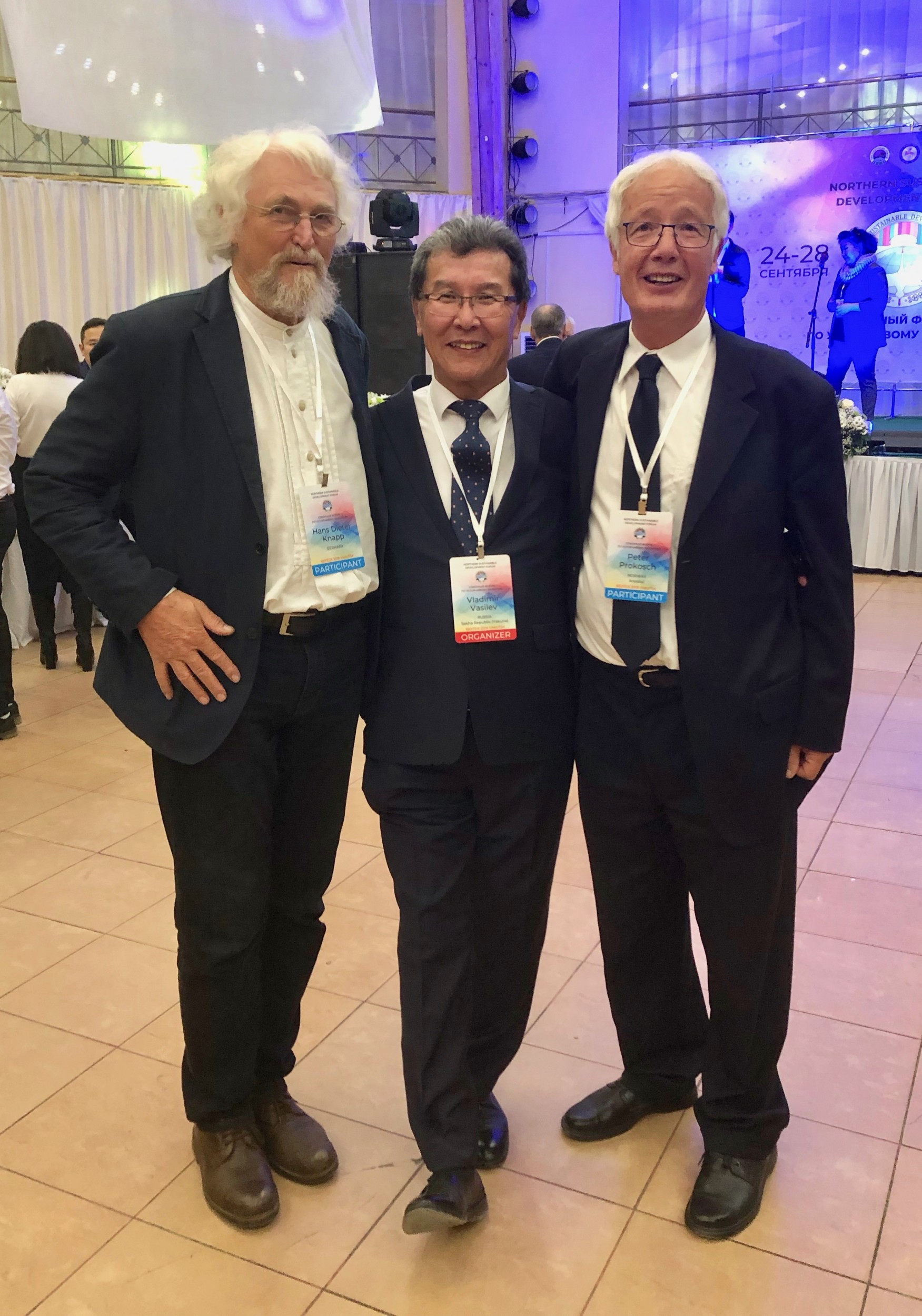
Vladimir Vasiliev – central Yakutian partner of LT&C
It is high time for Arctic people, communities and governments to decide and prepare for what kind of tourists and tourism they want and what is beneficial for a sustainable future. As a representative from China mentioned, “we can easily bring you 20 million tourists, just let us know”. – China was altogether very present and active at the Northern Sustainable Development Forum. The Northern Sea Route and other transport routes between East Asia and the EU were a dominant topic. That 30% of the world’s so far unused resources are in the Arctic was another topic and geopolitical issue, which provokes many different speculations and activities.
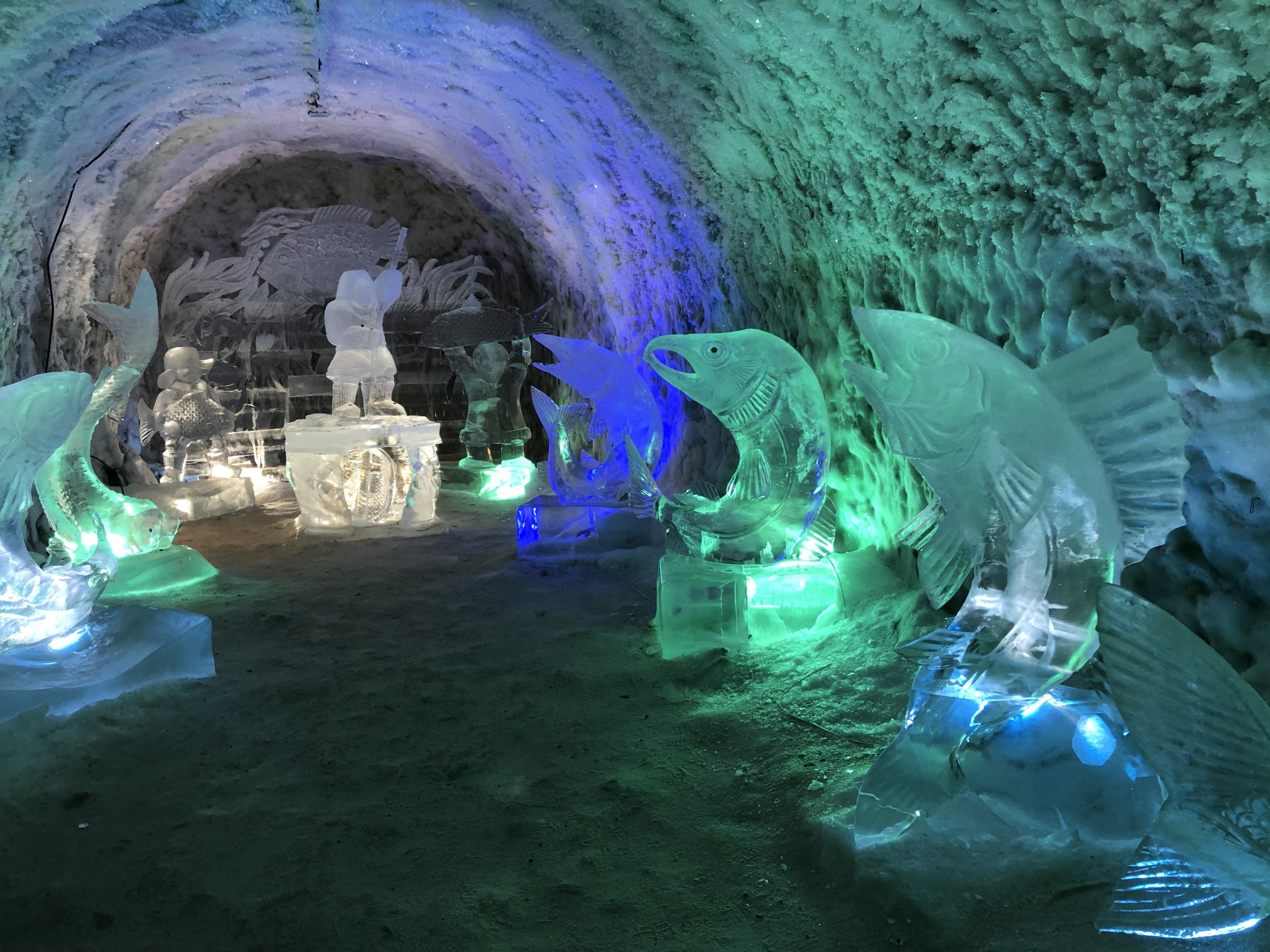
Art sculptures in permafrost museum 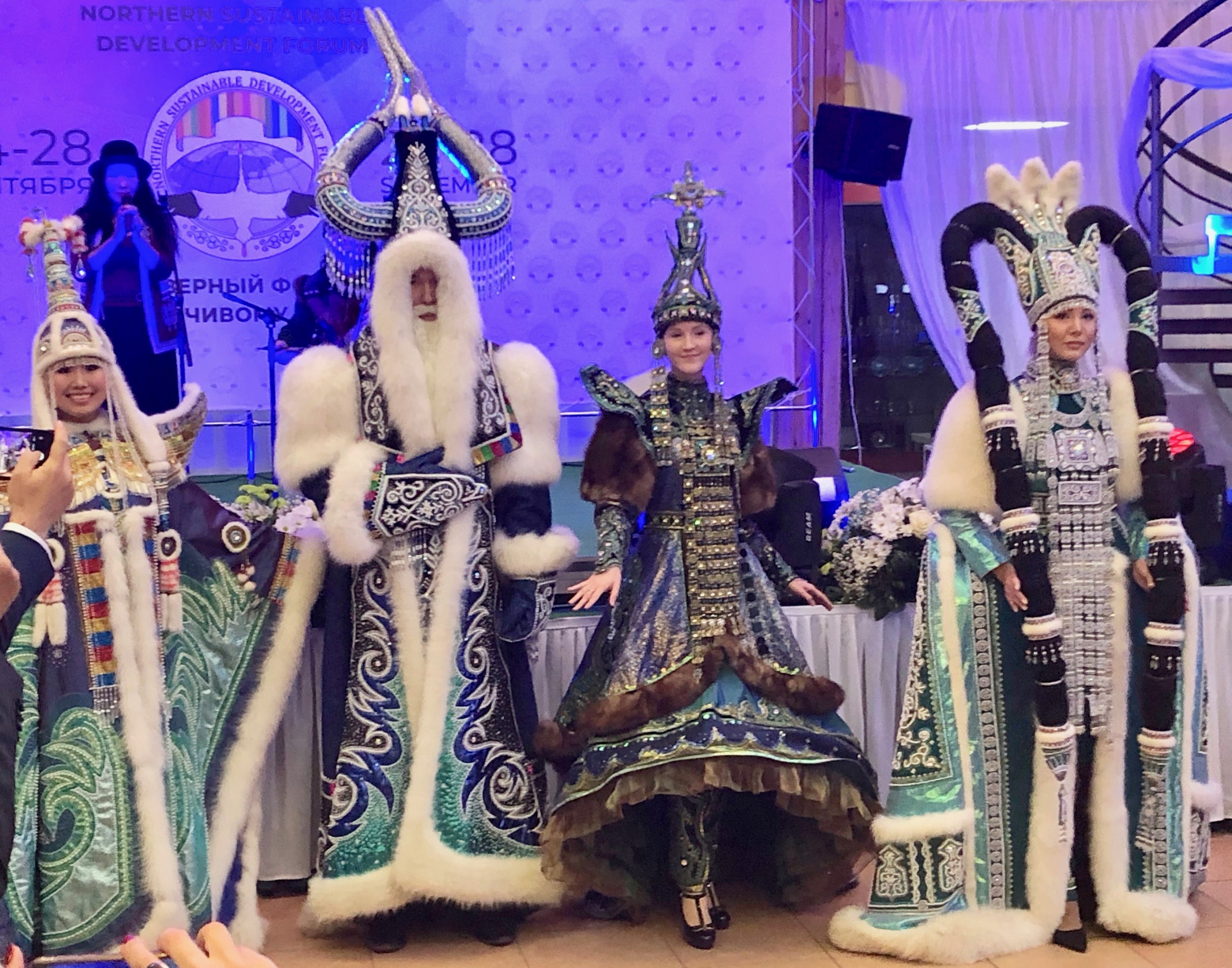
Yakutian costumes
Right at the beginning of the NSDF, the Expert Center for Arctic Development, PORA, presented what they call the first two sustainable development ratings of the Arctic, the Polar Index. They developed a sophisticated methodology to define sustainable development. On their company rating for the Barents region, Norwegian and Russian oil companies are ranking among the first 4. It is, of course, justifiable that also oil- or other mining companies are rated according to their sustainability efforts. However, today, it is highly questionable, whether additional definitions of sustainability make sense, especially if they cater
As Peter Prokosch presented in the plenary session of the Forum as “a vision for the Arctic”, no other region on earth has better conditions and a higher potential to reach all 17 SDGs by 2030 than the Arctic. To explain this in more detail and promote related activities, could become a primary focus of the educational institutions, organised within the University of the Arctic (UArctic). Representatives of UArctic and own events on education played an essential role in the entire NSDF. The Northern Forum announced to host the NSDF from now on an annual basis. More focus on making the Arctic regions forerunners for sustainability in the world, measured by the SDG-index, could then be the goal.
This year’s Northern Sustainable Development Forum culminated in a fulminant gala show, “Lights over the Arctic”, performed in the colossal sports stadium of Yakutsk. One of the main messages was: “we can’t let the Earth down”. With a mix of indigenous-, classical- and modern cultural elements, the show tried to illustrate the need and value of international- and cross-cultural cooperation — the Arctic as a region of hope and sustainability lead.
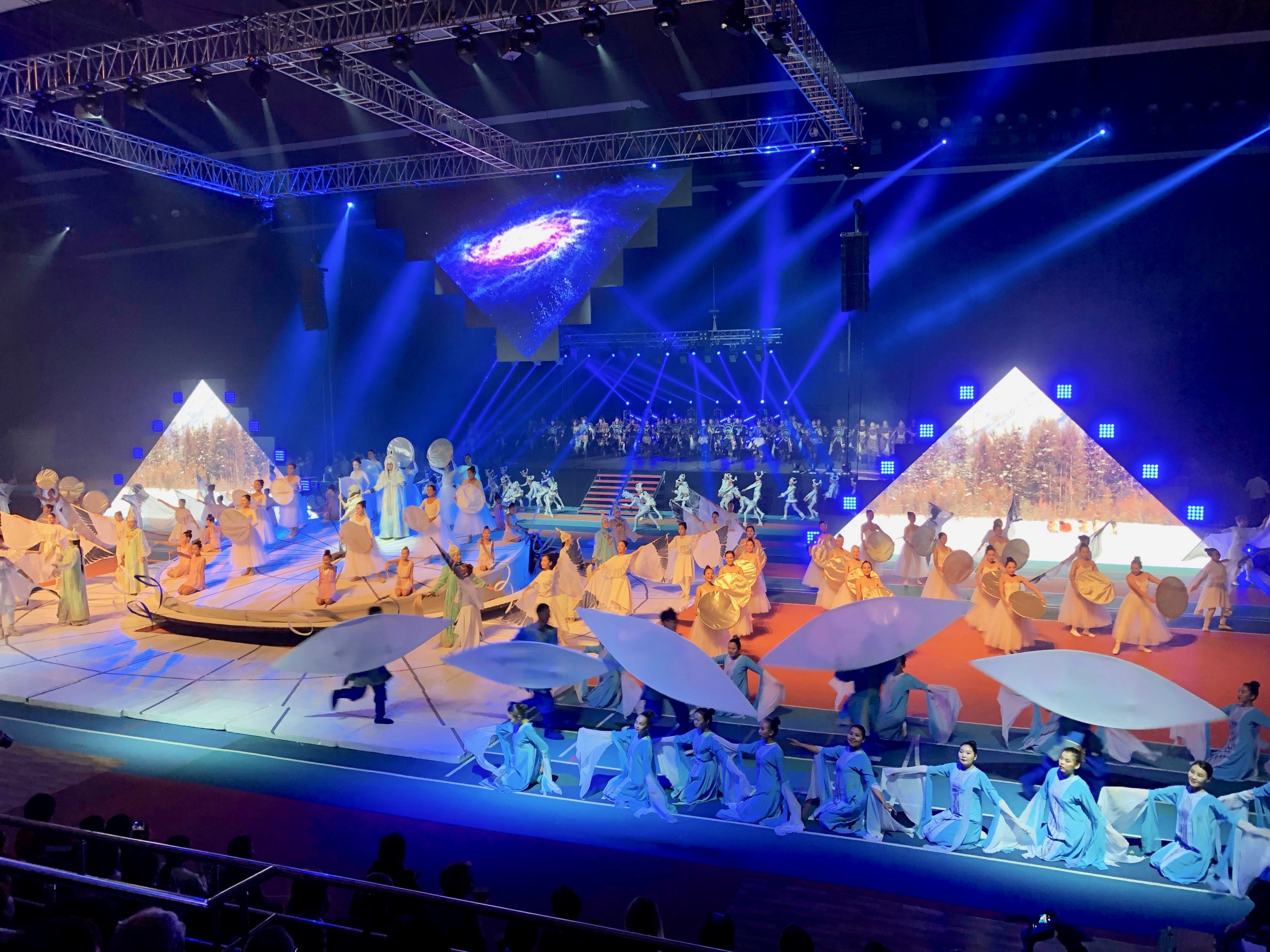
How much Linking Tourism & Conservation can contribute to this commitment, the future will show. That we have been invited to co-organise the Ecotourism and Protected Areas event at the Forum, indicates at least that the LT&C mission is taken seriously and can compete with or complement others. It also connected to the 30-year old German-Russian environmental agreement and cooperation, which LT&C-member Professor Hans-Dieter Knapp from the Michael Succow foundation highlighted at the round table. The first German-Russian biological expedition in 1989 to Taimyr was the starting point of significant development of establishing new protected areas in the Russian Arctic. WWF was involved since the beginning as a driving force, as Vladimir Krever from WWF-Russia described. Today the organisation runs a systematic and comprehensive protected area programme for the Russian Arctic, supported by the German Government. Tourism does not play a concrete, supportive role in it yet.
Meanwhile, the LT&C-Taimyr national park initiative, which Natalia Malygina from the Ural university presented, may gain ground. Russia and the Taimyr region could show up with its first example of a protected area supported by tourism. Or this year’s NSDF has encouraged someone in the Sakha Republic to present the first LT&C-Example at the next Northern Sustainable Development Forum.
